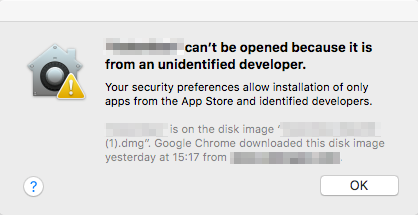I had the problem that Time Machine was often stuck in “Preparing backup” or that the backup started and then was interrupted and didn’t finish. If you have similar problems you should check these things:
- Ensure that there is enough free space on your computer’s hard drive. It seems that Time Machine creates local backups on the computer and then uses these local backups to find out what needs to be copied to the backup disk. Additionally it uses snapshots, i.e. it freezes a copy of your hard drive when the backup starts so that the data is consistent. However that also means that files that are deleted during the running backup won’t free any space on your hard drive until the backup is finished. Modified files will exist twice until the backup is finished, i.e. the old and the new version. If these system is running out of space during the backup it seems that it might stop the backup and release the snapshot.
- You can use the command
log show --style syslog --predicate "subsystem == "com.apple.TimeMachine" AND processImagePath CONTAINS "backupd"" --info
to see what the Time Machine is doing and check if any errors are displayed. - You can use the command
to increase the speed of the backup by making it to continue to run the backup even while you are using your computer. Otherwise if the computer is too busy doing other things the backup will be paused until the computer is idle again.sudo sysctl debug.lowpri_throttle_enabled=0
Especially after freeing about 7% (70GB of 1TB) of space the backup seems to work fine now. I hope this will help you.

